Menu
Most of us love the trees on our property because they offer shade, beauty, privacy, and even fruit in some cases! Despite our appreciation, how well do we really understand trees? Sure, we know when one is lush and green in springtime or full of color in the fall - but do we know when it’s crying out for help?
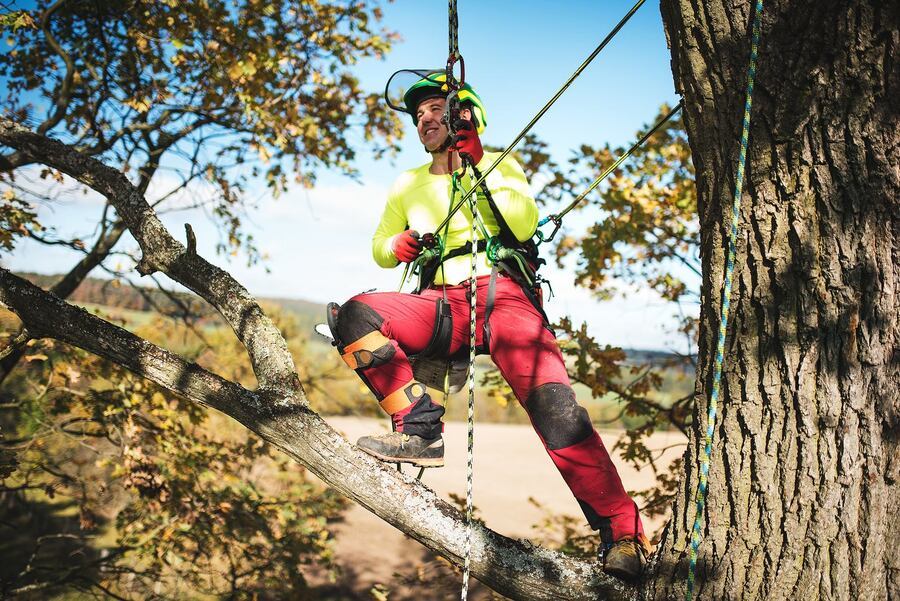
The truth is trees are living organisms with their own set of health concerns, and they don’t always scream for help. That’s where arborists - trained and certified tree service professionals - come in... but you don’t have to be an expert to know when it’s time to bring one in.
Whether you’re a homeowner, property manager, or business owner, spotting the early warning signs of tree trouble can make the difference between a quick fix and a costly - even dangerous - situation. In this brief article brought to you by Driscoll Tree Service, we share five signs that warrant having an arborist inspect your trees as soon as possible.
If you see large dead limbs or branches hanging from a tree, then you're looking at a red flag. These limbs can fall without warning (especially during storms or windy days). They pose a clear threat to people, vehicles, and structures below.
Dead branches often mean part of the tree is no longer receiving nutrients. This could be due to internal decay, disease, or root damage. An arborist can determine if the tree can be pruned and preserved - or if tree removal may be the safer option.
Small cracks in bark can be normal, especially on older trees, but deep vertical splits can indicate serious structural issues. These cracks might be a sign that the tree is stressed or suffering from internal rot. That makes it hard to support its own weight.
If you notice missing bark, oozing sap, or fungus along the cracks, then it's time to ring Driscoll or any other tree company. A certified arborist can assess the severity of the damage and determine whether the tree poses a risk.

Some trees grow at a slight angle and remain stable for years. If your tree suddenly starts to lean, or if the lean worsens over time, then root instability, soil erosion, or storm damage might be at play.
Even a small lean in a large tree can mean it's shifting. In Metro Atlanta’s storm-prone seasons, that’s a major liability. Arborists have the training to diagnose whether a tree can be braced or treated, or if a tree removal is necessary.
Leaves are often the first part of a tree to show signs of stress. Don’t chalk it up to a seasonal quirk if leaves are turning brown too soon, thinning out, curling, or falling off earlier than expected. Leaf issues can point to root damage or disease, pest infestations, fungal infections, nutrient deficiencies, or something else.
An arborist in Grayson, GA can evaluate the foliage, perform soil tests, and recommend treatment before the issue spreads or becomes irreversible. This is your chance to call an arborist and turn things around.
Mushrooms or fungal conks growing at the base or trunk of a tree might seem harmless, or even charming, but they’re often a symptom of internal decay. Similarly, bulges or swellings on the trunk can indicate disease, infestation, or a structural defect.
Don’t ignore signs of fungus or odd growth. An arborist can determine whether intervention is possible or if the tree presents a risk to the surrounding vegetation and trees.
Trees rarely fail without warning, and they whisper before they shout. By paying attention to these five signs, you can take action early. Don't second guess yourself. Call Driscoll Tree Service. Your trees are worth it - and so is your peace of mind.
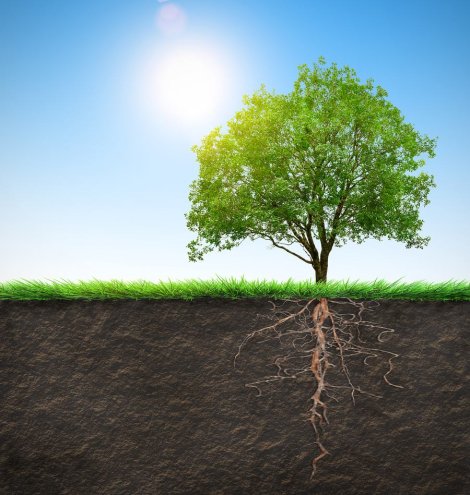
Benefits of Trees Did you know trees cover nearly 40% of the country? Despite trees' many benefits, they are often overlooked and may not receive proper care. At Driscoll Tree Service, we appreciate the role of trees in the ecosystem…
Read More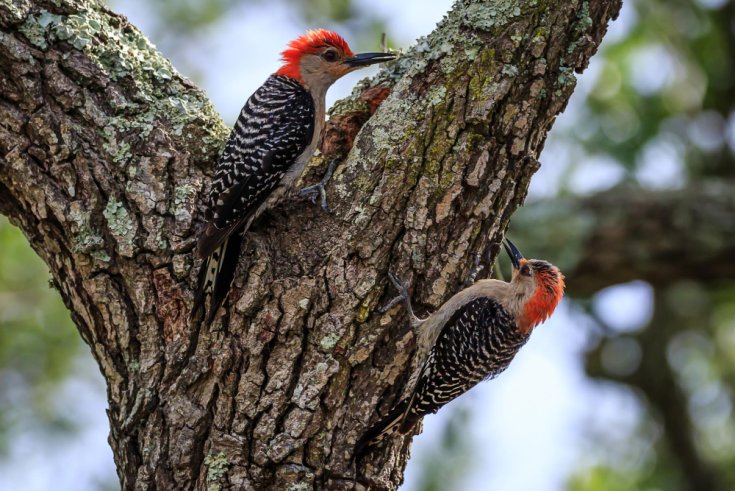
Notice Woodpecker Damage On Your Tree? Here’s What To Do Trees are a magnet for life. They provide shade, beauty, fruit, and oxygen - and they also play host to a wide range of wildlife. Birds, in particular, love trees.…
Read More
How To Protect Your Trees From Summer Trees are a valuable addition to any landscape and offer many environmental benefits. After spending many months of winter in dormancy, summer is finally here, bringing life to all the greenery in your…
Read More
Why Should You Hire a Tree Company for Safely Tree Removal On the face of it, you may think that tree removal is a DIY task. After all, it’s all about wielding a chainsaw and felling a tree, right? Wrong.…
Read More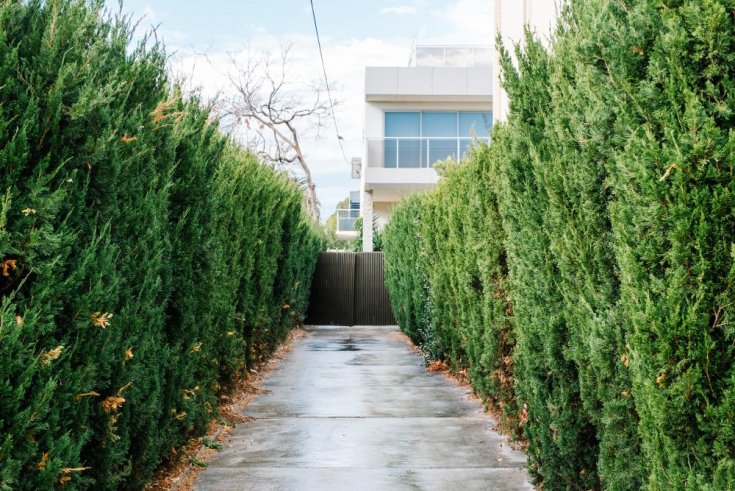
Ideal Evergreen Trees to Plant in Your Landscape Evergreen trees are a cherished addition to any landscape, providing year-round beauty and many practical benefits. While deciduous trees may shed their leaves in the fall, evergreens maintain their lush foliage throughout…
Read More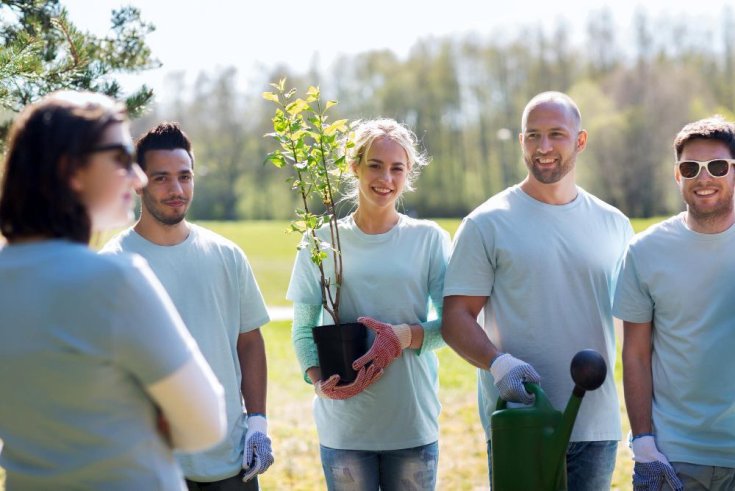
Why Trees Are So Important to Your Community As Arbor Day approaches, it reminds us of the significance of trees in our communities. Besides aesthetic appeal, trees are vital in enhancing the quality of life for humans and wildlife. From…
Read More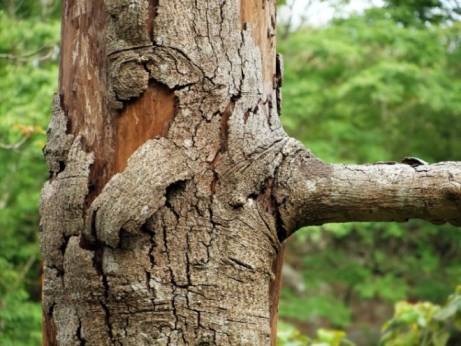
Spotting the Signs of Common Tree Diseases in 2022 Even the healthiest of trees can become damaged due to invasive pests and plant diseases. Such issues need to be tackled very quickly. Otherwise, the affected trees can die, spreading the…
Read More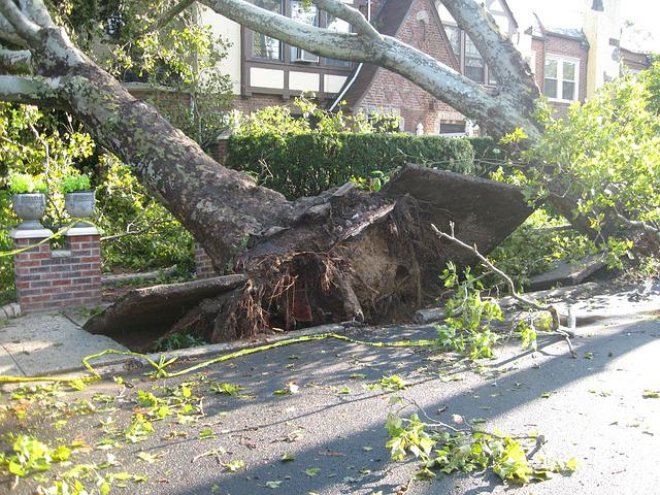
Just like your car needs regular oil changes and tune-ups, your trees also require routine trimming to keep them healthy and enhance safety. Trimming trees may not be your kind of ideal weekend activity, but it helps to keep your…
Read More (1).jpg)
How To Reduce Heat Stress On Trees With summer right around the corner, many of us are gearing up for pool days, vacations, cookouts, and stocking up on sunscreen. Amid all this seasonal preparation, however, there's one important part of…
Read More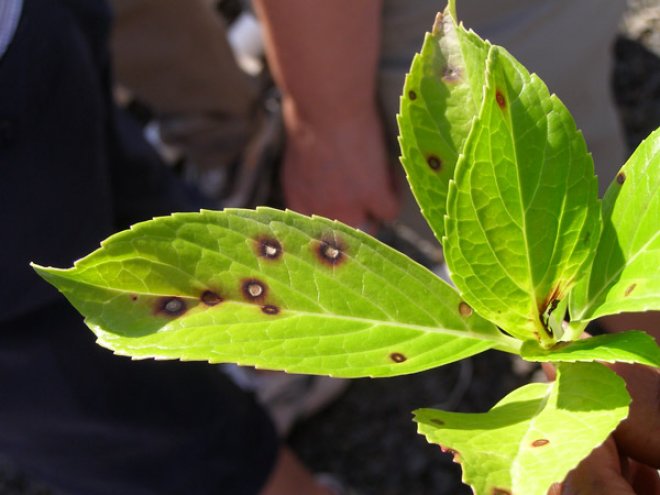
Brown or Black Spots on Tree Leaves As a homeowner, landscaping enhances curb appeal, safety, and property value. This includes scheduling routine inspections with a professional tree service provider. Trees provide many benefits to your home and the ecosystem, hence…
Read More